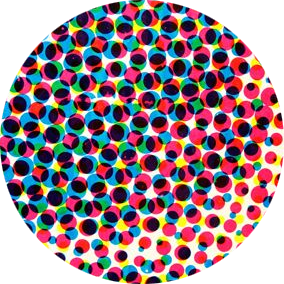An Introduction to Comic Strips

Comic strips first began appearing in American newspapers in the mid-1890s. One direct inspiration for the form was the political cartoons appearing in 19th century magazines such as “Puck” and “Truth,” themselves inspired by British satire magazines such as “Punch.” 1/10




Some early comic strips, such as Windsor McKay’s “Little Nemo in Slumberland” (1905-1927) and George Herriman’s “Krazy Kat” (1913-1944) have been canonized as vital artefacts of American visual culture, bearing the influence of fine art and inspiring it in turn. 5/10

Other successful comic strips, such as Elzie Crisler Segar’s “Popeye” (created in 1929), Charles Schultz’s “Peanuts” (created 1950), and Jim Davis’ “Garfield” (created 1978), have reached iconic status, their characters becoming globally recognized brands. 6/10

While both comic strips and the comic books that emerged in the 1930s are often dismissed as “childish” entertainment, the association of comic strips with newspapers has historically made them more “respectable.” Some classic comic strip creators became celebrities. 7/10

In their heyday during the first half of the 20th century, American comic strips were akin to television—a form of mass culture consumed by people of all ages that contributed to a sense of shared culture & identity. 8/10

Today, the cultural currency of comic strips has declined, supplanted by graphic novels and webcomics, which most closely resemble what comic strips used to be—a mix of slapstick gags & highly involving serialized stories delivered in regular daily or weekly installments. 9/10ng? 9/9

Yet comic strips remain a familiar presence in newspapers, with strips such as “Blondie” (1930-present) and “Dick Tracy” (1931-present) surviving for almost a century—a testament to the enduring appeal of this form and its importance to the history of American pop culture. 10/10
